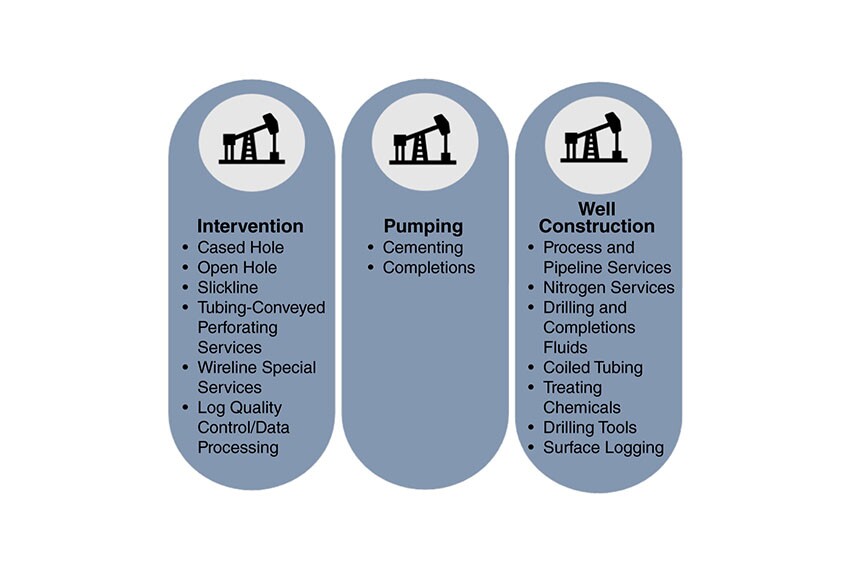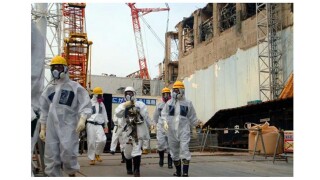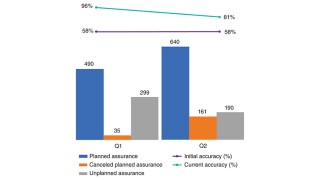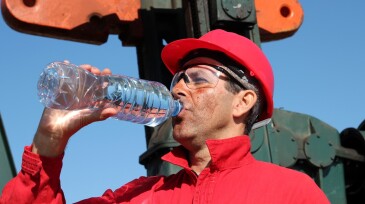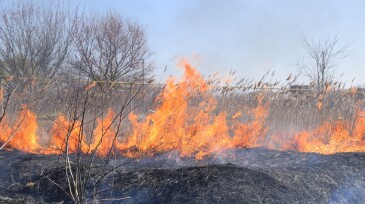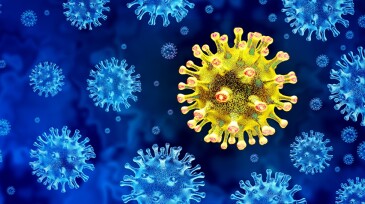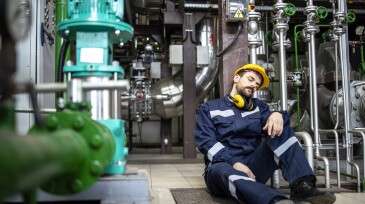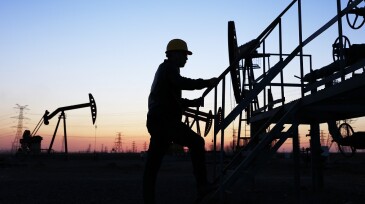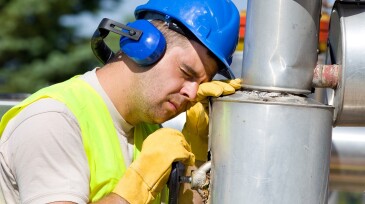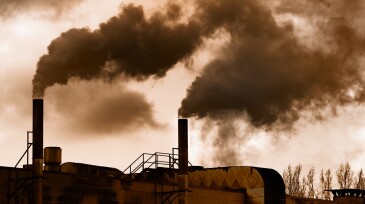Health
This paper describes a risk-based self-verification process conducted through a bespoke software application.
This paper discusses and demonstrates the limitations of quantitative risk assessment (QRA) with respect to the usefulness of the concept in managing day-to-day and emerging risks as well as the effect of change.
This paper describes a tool that complements predictive analytics by evaluating top health, safety, and environment risks and recommends risk-management-based assurance intervention.
-
As summer temperatures rise, the threat of heat-related illness and death to oil and gas workers increases.
-
More than 100,000 oil and gas wells across the western US are in areas burned by wildfires in recent decades, a new study has found, and some 3 million people live next to wells that in the future could be in the path of fires worsened by climate change.
-
An agent-based model is developed and used to predict COVID-19 spread within living quarters of an offshore oil and gas platform.
-
Leadership engagement is needed to drive health and safety performance in a world of work in an increasing state of flux, according to a survey conducted by ERM.
-
The report provides a checklist for medical professionals to assess local health facilities by guiding them through key elements that should be considered.
-
This study explored fatigue levels of workers on swing shifts, where they work day shifts for the first week and roll over to night shifts for the second week.
-
The free virtual meeting plans to highlight state-of-the-art knowledge on improving safety culture and human/organizational performance in the oil field.
-
The study dove into the quality of life experienced by oil and gas workers in the New Mexico's Permian Basin—the majority of whom are Hispanic New Mexicans. This incorporated the past and present conditions and how the influence of clean energy could shift their career plans moving forward.
-
While there are many physical hazards present in offshore environments, such as noise pollution, vibration, radiation, and thermal extremes, oil and gas companies must stay committed to promoting employee safety with regular maintenance checks, ongoing training programs and a continued focus on employee health.
-
The agency estimated the updated standard will prevent up to 4,500 premature deaths and 290,000 lost workdays, yielding up to $46 billion in net health benefits in 2032.

